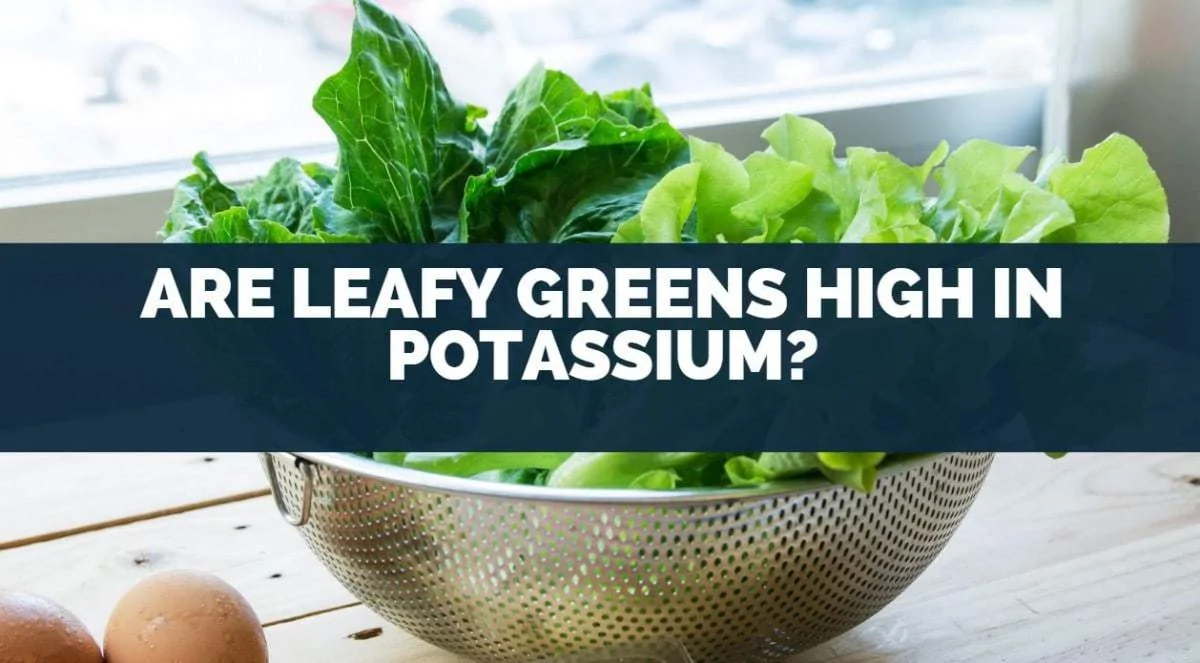
Dependence on fast-food diets means that many Americans barely meet their daily nutrient requirements.
Nutrients such as potassium are vital for a healthy life, and still, lots of people are deficient.
Leafy greens such as spinach, collard greens, bok choy, and artichokes are high in potassium.
Potassium is a principal constituent of healthy cells and helps maintain nervous tissue, bone, and heart health. Adding these vegetables to your diet could help you meet the daily requirement of 3710mg/dl.
The rest of this article tells you about potassium, its functions, deficiency, and other rich sources.
Table of Contents
Potassium
Potassium is one of the most abundant minerals in the human body. While sodium dominates the extracellular fluid, potassium is the most abundant electrolyte within cells.
Potassium works with sodium outside of cells and other electrolytes to ensure the normal functioning of fundamental life processes.
It’s one of the most abundant electrolytes in the body.
It’s dissolved in body fluids and is abundant within cells. Potassium is essential for normal bodily functions, including:
- Nervous impulse
- Water balance
- Cardiovascular health
- Bone and muscular health
WHO recommends that adults consume at least 3510 mg/dl of potassium daily to prevent stroke, cardiovascular disease, and coronary heart disease.
However, less than 2% of US adults consume up to 4700mg/dl of potassium despite being so important.
Eat These Leafy Greens to Increase Potassium
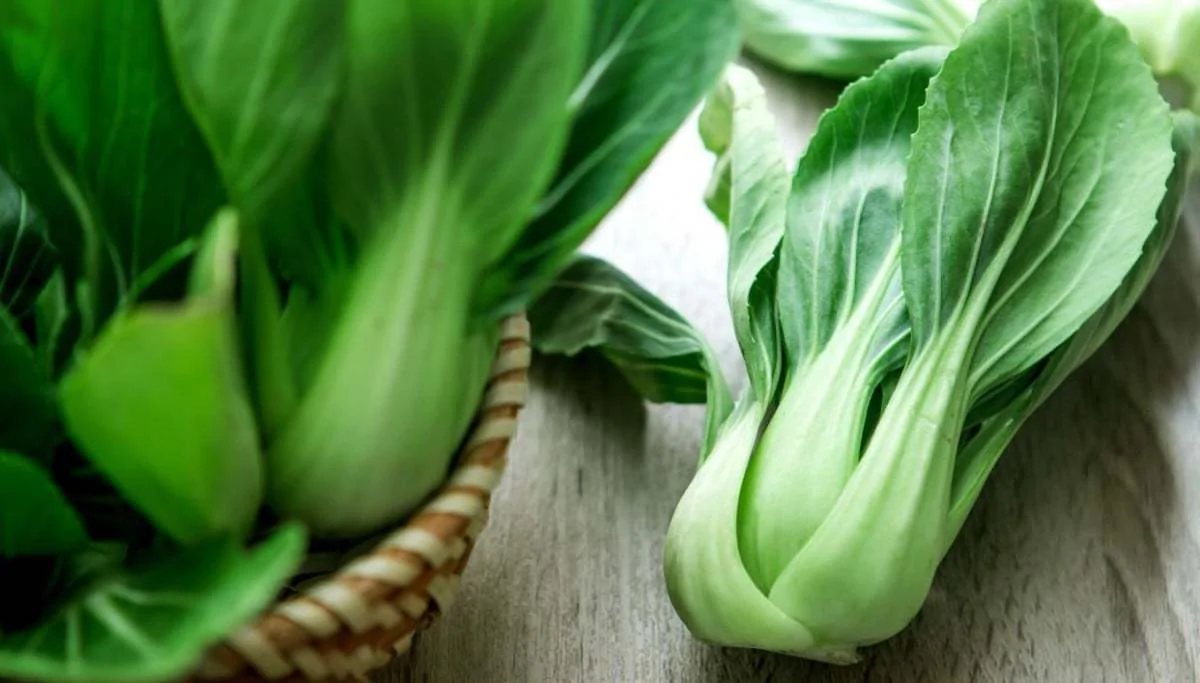
Leafy greens are one of the most abundant sources of potassium.
They also contain lots of fiber and other vitamins and minerals, making them a healthy addition to your diet.
You might have heard that if you want to get potassium to eat a banana. Bananas aren’t the only way to get potassium.
You could meet your potassium daily recommendation by consuming leafy greens. To unlock maximum nutrient gains from leafy vegetables, consider cooking them lightly.
Freezing could also increase the content per serving.
Leafy greens that are high in potassium include spinach, bok choy, Swiss chard, and artichokes.
Let us look at them in more detail below.
Spinach
Spinach is a versatile vegetable that you can include in almost every meal.
It’s one of the most nutritious leafy greens and has a high potassium content. 100g(3.53 ounces) of spinach contains 558g (0.02 ounces) of potassium, which is about 15% of your recommended daily amount.
If you’re looking to increase your potassium consumption, adding a side of spinach to your next meal is sure to help.
Bok Choy
Bok Choy or Chinese white cabbage is a nutrient-packed vegetable grown originally in China but is now available worldwide. It’s a cruciferous vegetable, family member, kale, turnips, broccoli, Brussels sprouts, etc.
Bok choy is a healthy source of calories and nutrients. 100 g (3.53 ounces) of this vegetable contains 252 mg (0.01 ounces) of potassium.
It’s also packed with other nutrients, including iron, calcium, vitamin A, C, K, B complex, etc. For this reason, you could call it a nutrient-dense vegetable.
Bok choy contains an enzyme called Myrosinase, which could inhibit thyroid function.
However, cooking deactivates this enzyme.
You could consume uncooked bok choy in moderate amounts, but cooking also unlocks more nutrients per serving.
If you’re unsure of how to include bok choy into your diet, consider:
- Add shredded bok choy to your salad
- Make bok choy, chives, mushroom, spy sauce into dumpling filling
- Stir fry bok choy with other vegetables
- Put chopped bok choy into your hot and sour soup Collard Greens
Collard greens are also a member of the cruciferous veggies family. It’s packed with nutrients like iron, calcium, vitamins A, C, and K.
However, collard greens earned their position on the list because of their rich potassium content. A 36 g (1.27 ounces) serving of raw collard greens contains about 75 mg of potassium.
That’s roughly 208 mg (0.01 ounces) per 100 g (3.53 ounces) serving.
You can include collard greens into your diet by:
- Baking in the oven to make collard green chips
- Throw some diced collard greens into soups and casseroles
- Enjoy them raw in salads and sandwiches
You might want to skip frying your collard green in lard or bacon fat because this can generate a harsh, bitter sulfur taste.
The same thing happens when you overcook your collard greens. As a rule, try not to exceed ten minutes while cooking to ensure it retains some nutrients.
Furthermore, due to its high vitamin K content, you might want to consider a moderate intake of collard greens and other vitamin K high foods.
Vitamin K is essential in blood clotting.
Swiss Chard
You might know Swiss chard by any of its other common names such as mangold, spinach beet, perpetual spinach, and crab beet.
This highly nutritious vegetable is from the beet family and is rich in nitrates and, of course, potassium.
Swiss Chard is also a great source of antioxidants such as polyphenols, carotenoids, vitamin C, and E. A 36 g (1.27 ounces) serving of Swiss chard contains 136mg (0.005 ounces) of potassium. That means each 100g(3.53 ounces) serving size contains roughly 378mg(0.01 ounces) of potassium.
You can include Swiss chard into your diet by many fun recipes, but adding extra salt to Swiss chard might not be ideal.
Each 36 g (1.27 ounces) serving of Swiss chard contains 77 mg (0.003 ounces) of sodium, 3% of the recommended daily amount.
Check out these fun ways to include Swiss chard into your diet:
- Add shredded Swiss chard to salads
- Add to homemade pesto in place of basil
- Pickle some Swiss chard stems and eat them for a snack
- Use it as a pizza topping
- Add to goat cheese and use it as chicken stuffing
- Bake to make healthy Swiss chard chips
- Add shredded Swiss chard to soups and stews
It’s essential to note that if you’re taking blood thinners such as coumarin, you shouldn’t overload your diet with such high Vitamin K containing vegetables.
Moderate intake is key to maintaining health.
Artichokes
You’re probably thinking about skipping this because it’s pretty tedious to prepare, but don’t give in just yet. Artichokes might just be one of the oldest cultivated vegetables and were once called the gods’ favorite.
Artichokes are a nutrient gold mine. They’re packed with more potassium than bananas. Each 100g (3.53 ounces) serving of artichokes contains 370mg (0.01 ounces) of potassium.
That’s not all; it also contains high amounts of antioxidants and phenolic compounds.
For this reason, artichokes have been a critical component of herbal medicine.
To include artichokes into your diet, you could cook and incorporate them into your favorite dishes such as pizza or the leaves in sauce. Cooking might reduce the potassium content per serving slightly.
We usually eat the buds of artichokes before they bloom as purple flowers. You could also enjoy the outer leaves.
Preparing artichokes might require a bit more work, but their high nutritional value makes it worth it.
What Leafy Vegetables Are High in Iron?
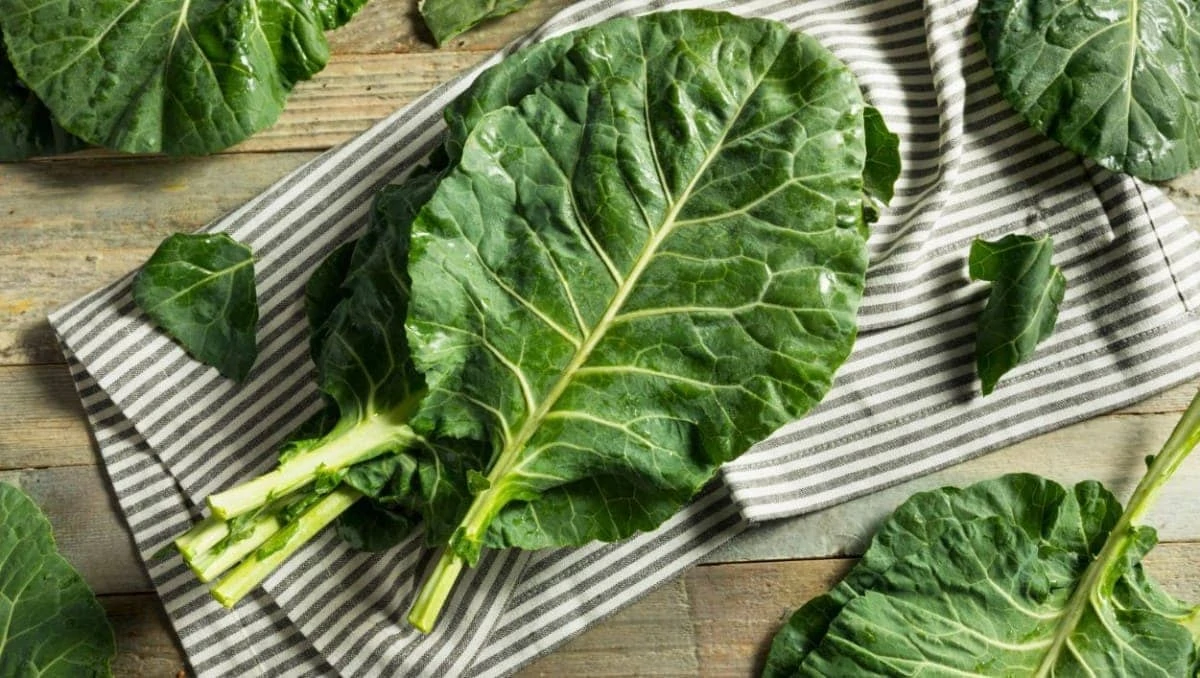
Iron is essential for normal bodily functions.
The most prominent role of Iron is in oxygen transport.
Hemoglobin, the oxygen-transporting red pigment of the blood, consists of iron within a complex polypeptide structure.
Red meat and legumes seem to be the most famous Iron sources, but they are not the only sources.
Leafy vegetables such as kale, swiss chard, spinach, and collard greens are high in iron and are excellent iron sources.
You could add these veggies to your diet to meet up with the recommended daily amount and maintain vital bodily processes.
The recommended daily amount of iron for adults is 8mg/day for adults. The function of iron in our bodies is vast.
We see this from the several iron deficiency effects, including anemia, heart problems, stunted growth, and pregnancy problems.
What Leafy Vegetables Are High in Zinc?
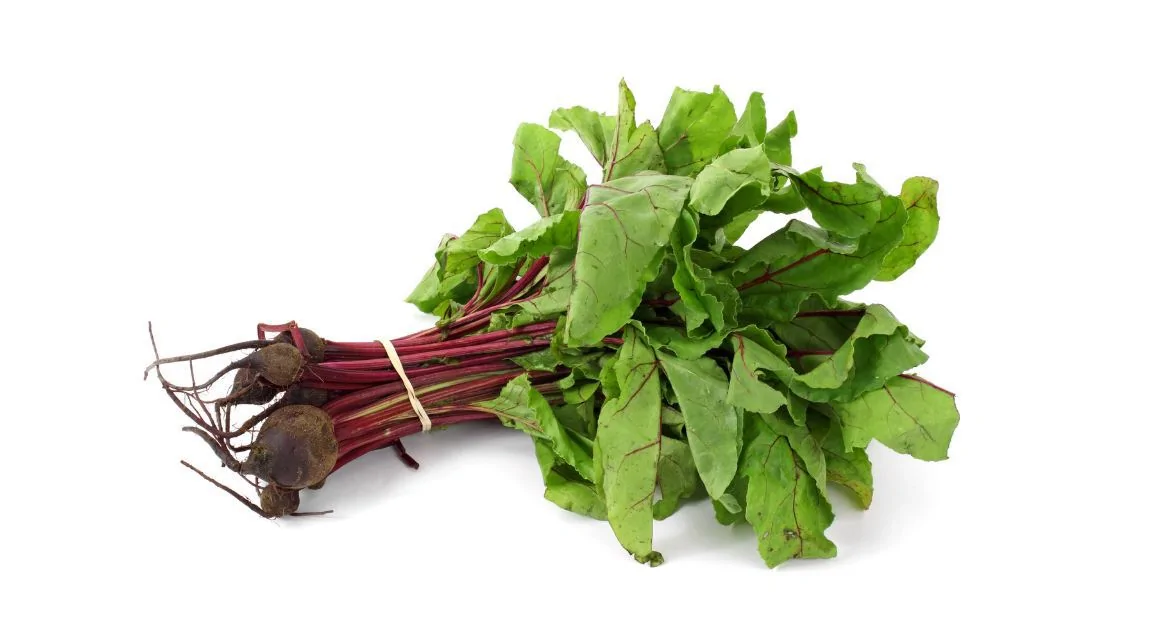
Zinc is one of the body’s vital minerals.
It’s crucial to maintaining overall health thanks to its role in the immune response.
If you consume a healthy, varied diet, you should have no problems with zinc deficiency. However, if you’re looking to meet your zinc requirements, look no further than leafy greens.
Loads of leafy vegetables such as broccoli, spinach, beet greens, and asparagus are high in zinc.
If you’re on a plant-based diet, you might want to consume more of these veggies because certain plant compounds might inhibit their absorption.
The daily zinc requirement for adults is between 8-11mg/day. The benefits of zinc consumption are crucial for wellbeing. Zinc has the following benefits in humans:
- Protein and DNA formation
- Fertility
- Wound healing
- Growth in children
Zinc could also be applied to the skin to improve skin conditions like diaper rash.
What Leafy Greens Contain Oxalates?
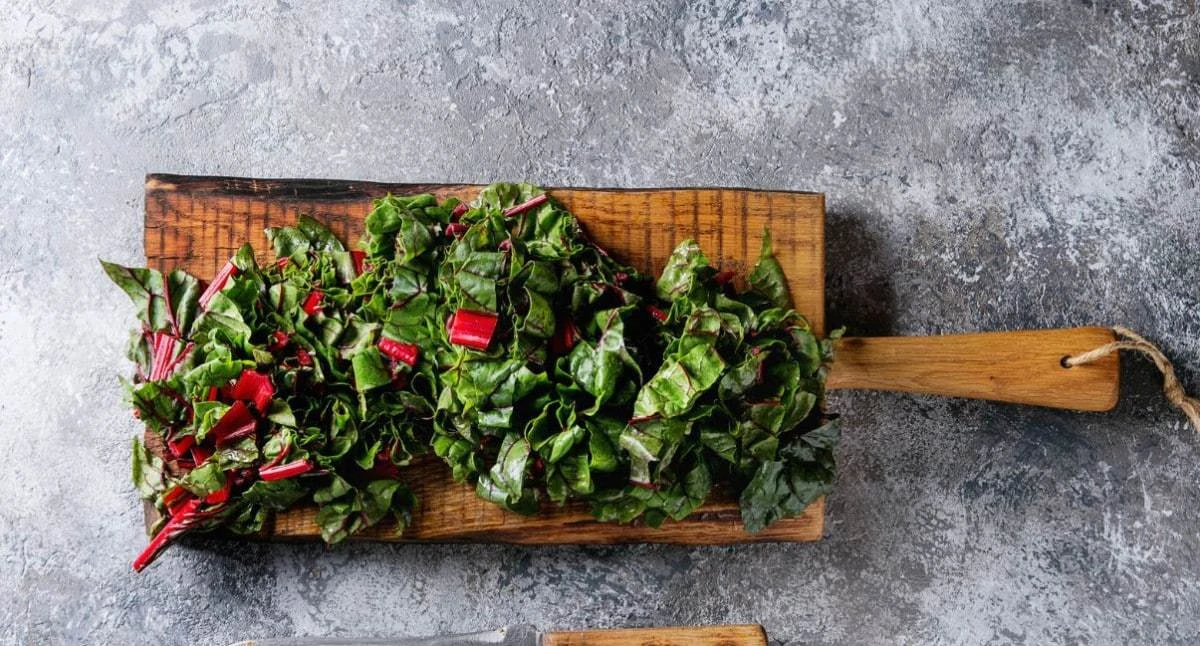
Many of the most nutritious leafy green veggies contain oxalates.
Does this mean you should stay away from these foods? Let’s dive in.
Leafy greens like spinach, kale, beet greens, and Swiss chard contain oxalates that are too high and might not be fit for consumption by all.
Oxalate, which is often bound to minerals in these vegetables, might impair nutrient absorption and is linked to kidney stone formation.
The first challenge with high oxalate foods is that they might decrease nutrient absorption.
For instance, in spinach, which has a high oxalate and calcium content, calcium absorption might be affected.
Most kidney stones consist of calcium oxalate. Many people who have had an incidence of kidney stones might benefit from a low oxalate diet.
However, if you don’t have any medical issues, you might not have any problems eating these oxalate-rich veggies.
Cooking your veggies could also decrease the soluble oxalate content.
Final Thoughts
Potassium is essential to maintaining proper bodily functions and preventing health conditions such as stroke, cardiovascular diseases, and coronary heart diseases. Unfortunately, most American adults don’t meet their daily potassium requirements. Including leafy veggies into your diet could help you meet those requirements. These are some leafy greens id recommend you try first
- Artichokes
- Spinach
- Collard greens
- Bok choy


Leave a comment